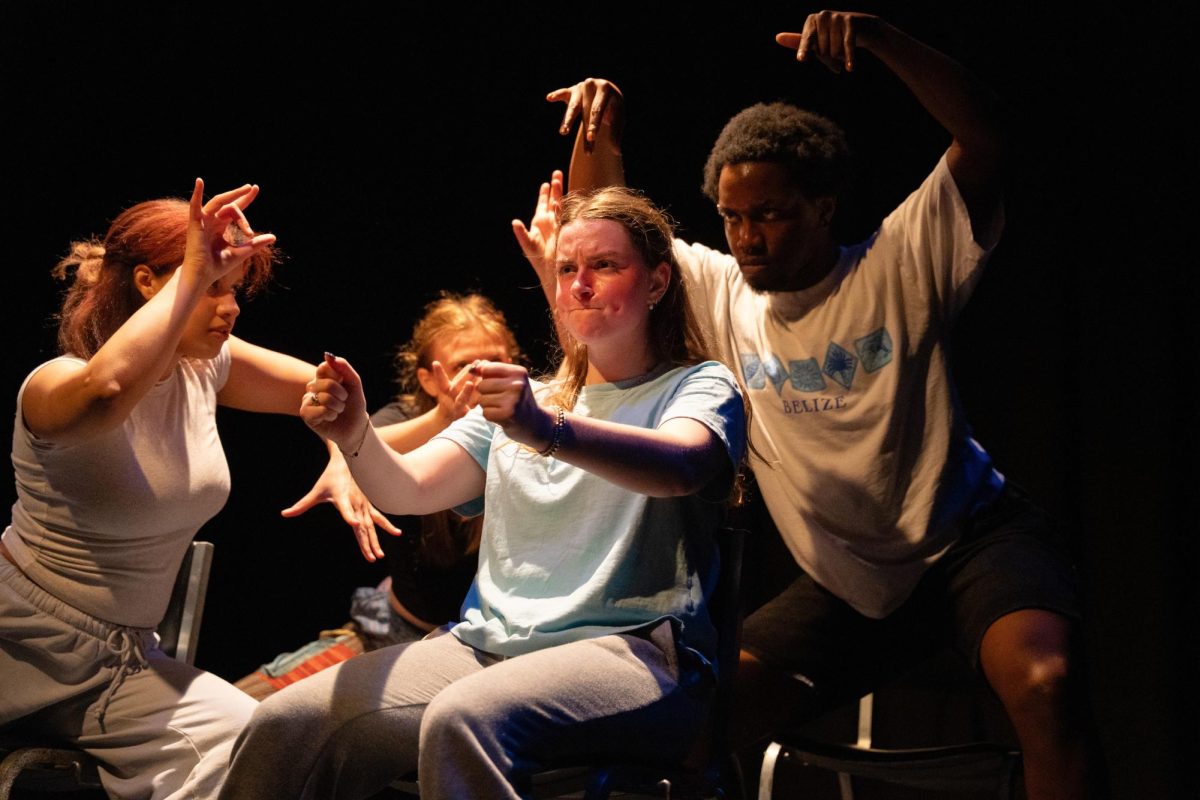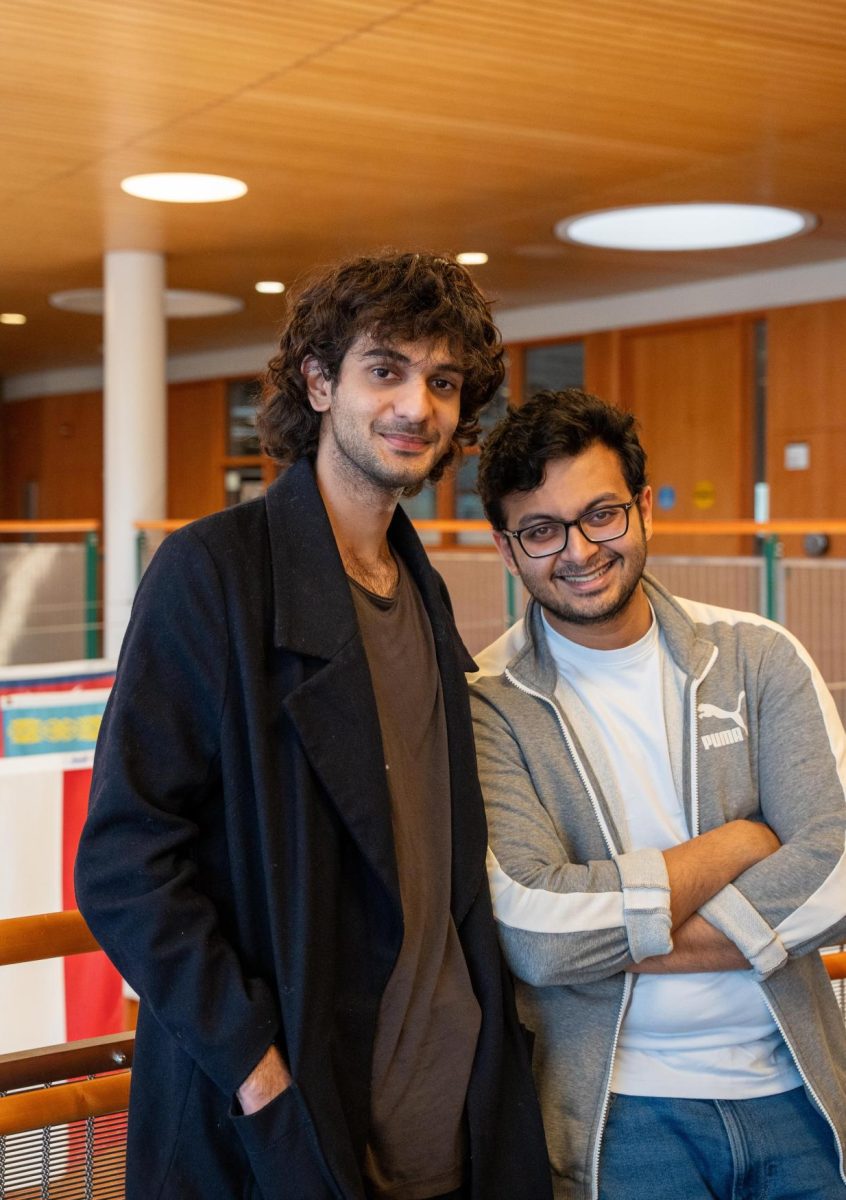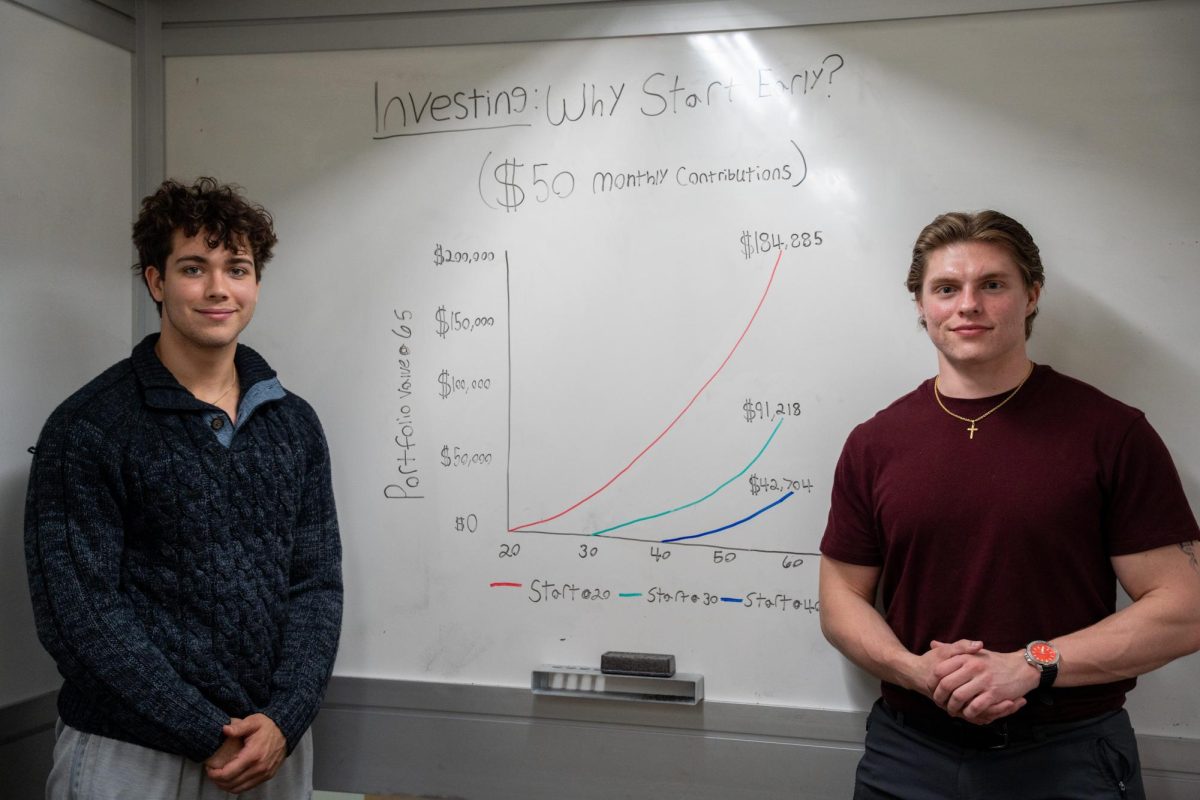The “Athletics Phase II” project, dedicated in June 2010, has changed the face of the Grinnell campus north of 10th Avenue. The impressive and expansive project includes a natatorium that seats 500 and a field-house with a six-lane, 200-meter track and seating for 400. Other features include tennis courts, racquetball courts, classrooms, a climbing wall, and training and equipment rooms.
No doubt these new amenities will pay dividends to current and future generations of student athletes by providing more space and better equipment. Additionally, better athletes will be more likely drawn to Grinnell College, increasing the general reputation of our institution. And surely even the non-varsity-sport students of the school who enjoy getting some exercise will take some benefit from the investment.
But what’s the cost?
The Grinnell website reveals that the bill for the new recreation and athletic center came to a whopping $90 million. (Not a small piece of change!) And this answer begets a follow up question: How could these funds have otherwise been spent? My first thought is the age-old student-favorite: use the funds to reduce tuition and fees.
Consider the potential magnitude of tuition and fee reduction: If the $90 million had been invested in the latest 30-year TIPS bonds (inflation protected, risk-free treasury assets), which were auctioned on August 31st at a coupon of 2.125% and price of $109, the result would have been a sizable reduction in tuition and/or fees.
By my calculations, this investment would have paid out an annual sum to each student, over the 30-year term of the bond, in excess of $2,250 (inflation indexed to 2010 dollars).* That is to say, an incoming freshman in the class of 2015 would have received nearly $10,000 inflation indexed dollars in tuition and fees assistance over a four-year stint at the college under this alternate investment plan.
A second, slightly different investment plan would be to invest the sum in the same TIPS bond, but to only pay out interest accrued. In this case, each student would receive over $1000 inflation indexed annually over the 30-year term of the bond. But at maturity in 2040, the school would very nearly retain all of the real value of its initial $90 million investment (approximately $83 million of it). This implies that at a cost of only $7 million, in addition to the returned principle, the school could cover costs to construct identical athletic facilities (albeit, 30 years in the future).
Now, take this as you will. Maybe for those on the swimming, tennis, or basketball teams, such a high implicit annual fee is worth the benefit of having access to state-of-the-art facilities; and maybe not. But I know where I stand, and I can imagine most other non-athletes would agree with me.
This means that nominally, each student would annually receive the cash to buy over $2,250 worth of goods in 2010 prices for thirty years. More so, this assumes that the payout comes from both dividends and liquidation of the bond so that the principle is exhausted at maturity. Since it is impossible to know the future price of these bonds, this article assumes that a portion of this investment will be liquidated at face value each year over the 30 years until maturity. This is an approximation, and most likely an underestimate, of the asset’s future value. The reason this is an underestimate is due to the fact that the price of the bond at auction is already significantly higher than the face value, and it would take a drastic change in the macroeconomy to drive the value of the bond consistently under par, especially early in the term. Now, if this assumption is wrong, and it is the case that value of the bond depreciates so drastically, the result will change only marginally. But this is a conservative estimate, and we should expect, on average, dividends would actually exceed the estimate in this article.


















































